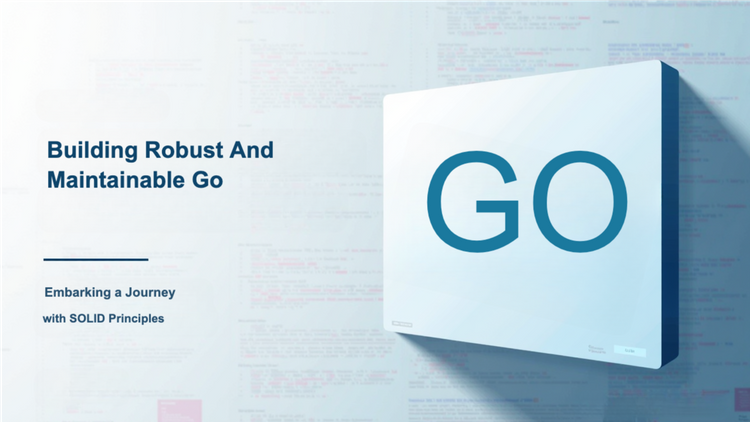Golang Tutorial 7: Structures in GoLang
Structures, also known as structs, are fundamental data types in GoLang, providing a mechanism for grouping related data items into a single unit. They allow developers to create custom data types that encapsulate specific attributes and behaviors, promoting code organization, data integrity, and modularity. By effectively utilizing structs, GoLang developers can create robust and maintainable applications that handle complex data models efficiently.
Understanding Struct Basics and Fields
A struct is a collection of named fields, each with a specific data type. Fields are the building blocks of structs, representing individual attributes or properties of the data being modeled. Structs can have any number of fields, allowing developers to tailor them to the specific data requirements of their applications.
type Person struct {
name string
age int
city string
}
Initializing Struct Values
Structs can be initialized using various methods, including:
- Variable Declaration: Structs can be declared and initialized using the
varkeyword followed by the struct type, variable name, and an optional struct literal containing field values.
var person = Person{"John Doe", 30, "New York"}
- Composite Literals: Structs can be initialized using composite literals, where each field is assigned a value using the
key:valuesyntax.
person := Person{name: "Jane Doe", age: 25, city: "Los Angeles"}
- Named Fields: When initializing structs, developers can specify field names explicitly to avoid ambiguity, particularly when field names coincide with variable names.
person := Person{name: "Alice", age: 40, city: "Chicago"}
Accessing Struct Fields
Struct fields can be accessed using the dot operator (.) followed by the field name. This allows developers to retrieve or modify the values of individual attributes within the struct.
fmt.Println(person.name) // Accessing the 'name' field
person.age = 35 // Modifying the 'age' field
Pointers and Structs
Structs can be referenced using pointers, enabling indirect access to their fields and values. Pointers allow developers to modify struct data without copying the entire struct, making them efficient for manipulating large or complex data structures.
personPtr := &person // Declaring a pointer to the 'person' struct
(*personPtr).name = "Bob Smith" // Modifying the 'name' field using pointer indirection
Embedding Structs for Composition
Structs can be embedded within other structs to create nested or hierarchical data structures. This technique, known as composition, allows developers to combine existing structs into new ones, promoting code reuse and modularity.
type Employee struct {
Person // Embedded 'Person' struct
company string
position string
}
Composition vs. Inheritance
GoLang supports composition over inheritance as a preferred approach for code reuse and modeling relationships between data types. Composition involves embedding one struct within another to create a new struct with the combined attributes of both. This approach promotes flexibility and avoids the complexities and potential pitfalls of inheritance.
Here's a comparison of composition and inheritance:
| Feature | Composition | Inheritance |
|---|---|---|
| Code Reuse | Encourages code reuse through embedding | Code reuse through inheritance hierarchy |
| Flexibility | Allows for flexible composition of structs | Rigid inheritance hierarchy limits flexibility |
| Complexity | Less complex and easier to maintain | More complex and prone to inheritance-related issues |
| Relationships | Models 'has-a' relationships between structs | Models 'is-a' relationships between classes |
In summary, composition is generally preferred over inheritance in GoLang due to its simplicity, flexibility, and ability to avoid the complexities associated with inheritance hierarchies. By favoring composition, developers can create more maintainable, reusable, and extensible code.





